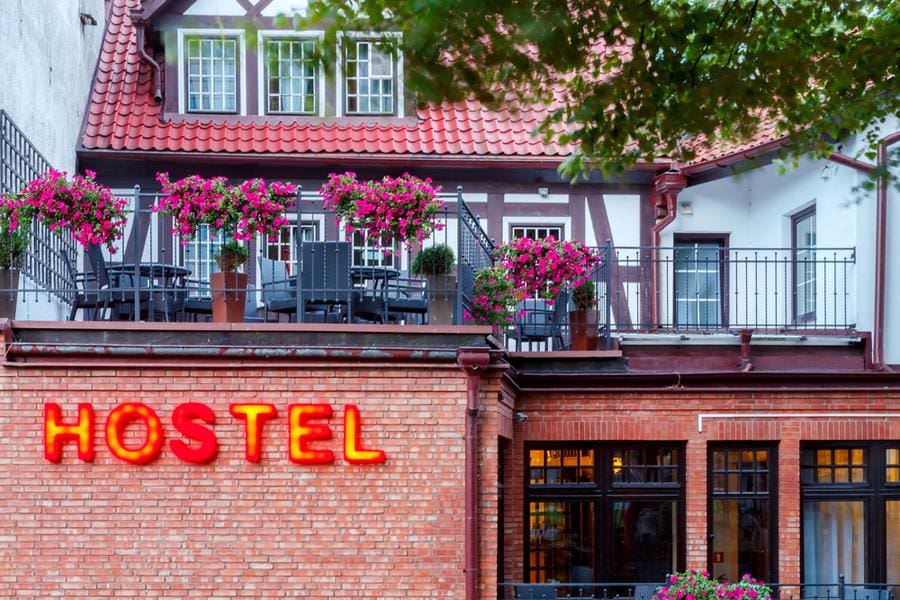If you can adjust to sleeping next to strangers, staying in hostels will open the road to cheaper and longer travel. Traditional hostels provide affordable shared rooms, communal kitchens and common areas at prices much lower than hotels. Some in the hostel industry have moved beyond backpacker basic to offer funky furnishings and design distinctly improved over the old dorm-room ambiance. Upscale hostels in a limited number of cities such as New York and Miami offer free breakfasts and even concierge assistance.
Lively bars and restaurants, shared workspaces, and even concerts and art exhibits are part of the new hostel scene. These new hostels make social interaction with your fellow travelers a central part of the stay. Whether your choice is the newer version or the more traditional hostel, these lodgings are nicely priced for travelers who share one common trait—thrift.
Hostels aim to broaden their appeal
The hostel industry is trying to refashion itself to appeal to a wider range of travelers, says a representative of Phocuswright, a travel industry research firm. Two-thirds of the global hostel business is in Europe and Asia, where hostels are much more popular than in the United States. About 70 percent of travelers around the world who choose hostels are millennials, according to Phocuswright. That generation is vital to the hostel business. The under-30 travel market saw a 40 percent increase from 2007 to 2014 and was valued at $230 billion worldwide for lodging, transportation and meals.
In the United States, boutique hostels are making headway. Freehand made its debut in Miami in 2012 before expanding to Chicago, Los Angeles and New York City.
What you can expect at today’s hostel
The lowest room rates are available if you’ll share a room. The typical setup in most common shared rooms is two bunk beds that accommodate four people. Most hostels also will have dorm rooms with more beds at less cost. You’ll find hostels offering rooms with a dozen beds or more only in the most touristy areas.
While rates are lower for rooms that sleep more people, the savings will be just a few dollars a night. Rooms with fewer beds go for slightly higher rates, but the room usually will be smaller and quieter and worth those few extra dollars. The most expensive rooms will be private rooms, but usually you’ll still pay less than you would at a hotel. Couples and families may find private rooms best meet their needs, and lone travelers who just want privacy may prefer these.
Most rooms are coed, but almost all hostels make women-only dorms available. The majority of hostels won’t allow travelers under the age of 18 to stay in dorm rooms. Although the average age of travelers staying at hostels is younger than 40, hostels rarely put an upper age limit on who can stay.
Shared bathrooms are typical
Usually you can expect to share a bathroom at a hostel. Some hostels have en-suite rooms with an attached bathroom you’ll share with the people staying in that room. The hostel will provide a locker to hold your bags or valuables. Sheets for the bed and a pillow will be provided.
Security at hostels is just like you’ll find in hotels. Almost all lock their doors at night. Access to the building and your room is limited to those who have keys, cards or codes.
Review websites such as Hostelworld and Hostelz can help you find info on hostel locations, prices and amenities. Pictures as well as comments from recent travelers give you a sense of the environment at hostels where you might want to stay.






